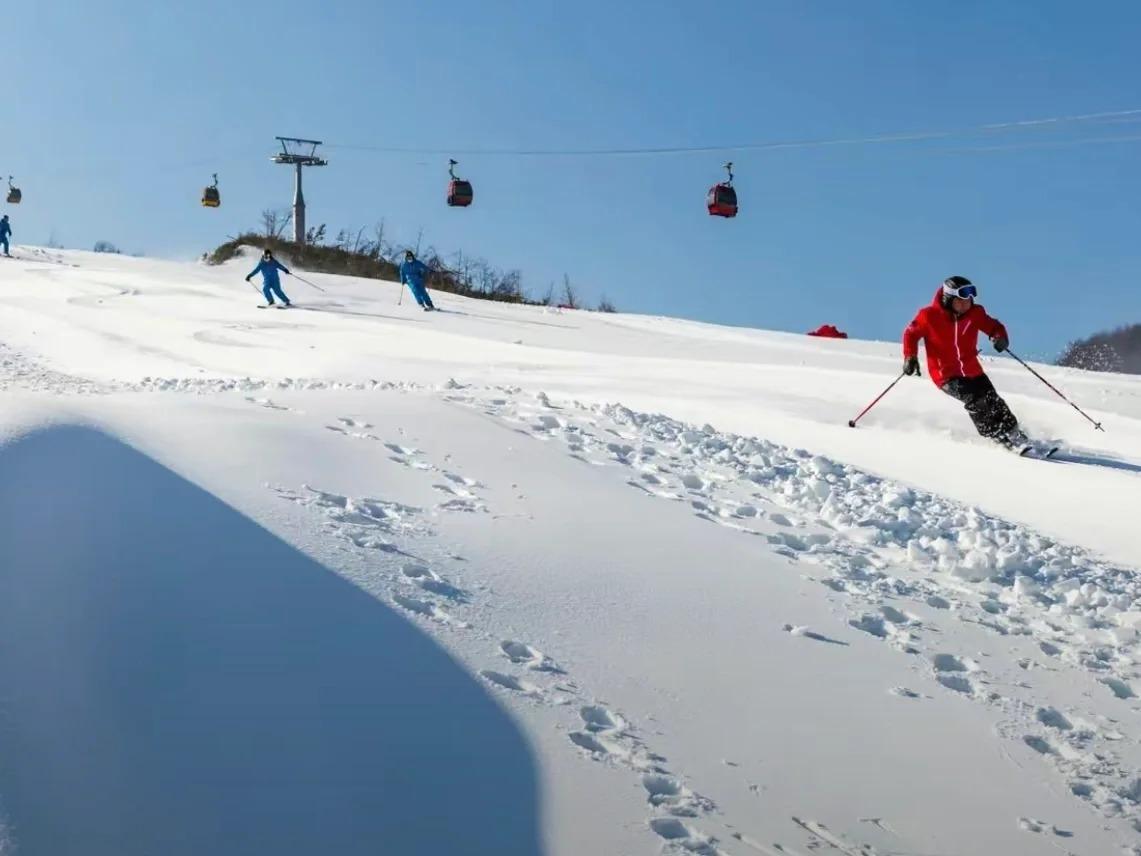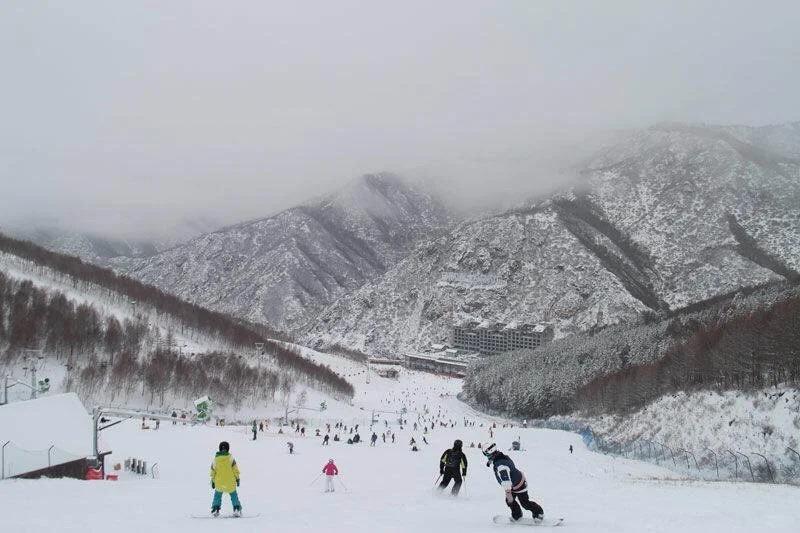Introduction to Skiing in China
China’s ski industry has undergone a remarkable transformation in recent years, evolving from a niche sport to a booming recreational activity. The roots of skiing in China can be traced back to the 1950s in the northeastern provinces, where it was primarily used for military and transportation purposes.
The real turning point came with China’s successful bid to host the 2022 Winter Olympics. This catalyzed massive investments in winter sports infrastructure, leading to a surge in ski resort development and a growing enthusiasm for snow sports among the Chinese population.
By 2022, China boasted over 700 ski areas, a dramatic increase from just a handful two decades earlier. This growth reflects not only government initiatives but also a rising middle class eager to embrace new leisure activities.

Top Ski Resorts in China
China’s ski resorts offer a blend of world-class facilities and unique cultural experiences. Here are some of the top destinations:
| Resort | Location | Unique Features |
|---|---|---|
| Yabuli Ski Resort | Heilongjiang Province | Longest ski run in China (5 km) |
| Changbaishan International Resort | Jilin Province | Luxury amenities, proximity to Changbai Mountain |
| Genting Resort Secret Garden | Hebei Province | 2022 Winter Olympics venue |
| Nanshan Ski Village | Near Beijing | Easily accessible from the capital, night skiing |
Yabuli Ski Resort, the largest in China, offers a variety of slopes suitable for all skill levels. Changbaishan combines skiing with hot springs and scenic tours. Genting Resort Secret Garden, having hosted Olympic events, boasts world-class facilities. Nanshan, popular among Beijing residents, provides a convenient escape for urban dwellers.
Skiing Near Major Cities
Beijing, as the host of the 2022 Winter Olympics, is surrounded by several ski resorts. Huaibei International Ski Resort and Nanshan are popular choices, both reachable within a 1-2 hour drive from the city center.
Shanghai, despite its warmer climate, offers indoor skiing at Wintastar Shanghai. For outdoor options, residents often travel to neighboring Zhejiang or Jiangsu provinces.
Other major cities with nearby ski opportunities include:
- Harbin: Yabuli Ski Resort and Erlongshan Ski Resort
- Shenyang: Qipanshan Ice and Snow World
- Chengdu: Xiling Snow Mountain Ski Resort

Unique Aspects of Skiing in China
Skiing in China offers a distinctive blend of modern amenities and cultural experiences. Unlike Western resorts focused solely on skiing, Chinese resorts often integrate traditional elements like calligraphy classes or tea ceremonies.
Apres-ski activities might include trying local cuisines, visiting nearby hot springs, or participating in traditional festivals. Many resorts also feature pagoda-style architecture or incorporate Chinese zodiac themes into their design and activities.
Another unique aspect is the emphasis on beginner-friendly slopes and extensive ski schools, catering to the large number of first-time skiers in China.
Best Times to Ski and Seasonal Considerations
The ski season in China typically runs from late November to early March, with peak conditions usually in January and February. However, this can vary by region:
- Northeast China (Heilongjiang, Jilin): Longest season, often lasting until April
- North China (Beijing area): December to February is ideal
- Central China: Shorter season, best conditions in January
To avoid crowds, consider visiting on weekdays or in early December or late February. Many resorts have snow-making capabilities, ensuring good conditions throughout the season.

Practical Information for Ski Tourists
Getting to ski resorts often involves a combination of air travel to major cities followed by bus or car transfers. Many resorts offer shuttle services from nearby airports or train stations.
Accommodation options range from luxury ski-in/ski-out hotels to more budget-friendly lodges. Most resorts provide equipment rental and ski lessons, often with English-speaking instructors available.
Useful Chinese phrases for skiers:
- 滑雪 (Huá xuě) – Skiing
- 缆车 (Lǎnchē) – Ski lift
- 初学者 (Chūxuézhe) – Beginner
Beyond Skiing: Other Winter Activities
China’s winter offerings extend beyond the slopes. The Harbin Ice and Snow Festival, featuring enormous ice sculptures and buildings, is a must-see winter attraction.
Many ski areas are located near natural hot springs, providing a perfect way to relax after a day on the slopes. Winter sightseeing opportunities abound, from the snow-covered Great Wall near Beijing to the frost-covered trees of Jilin’s “rime ice” phenomenon.
For a comprehensive winter experience, consider combining your ski trip with cultural tours of nearby cities or historic sites. This unique blend of adventure and culture makes skiing in China an unforgettable experience.






